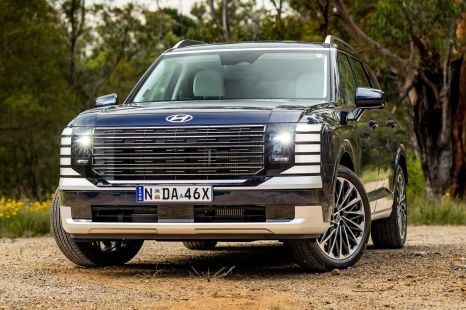

Matt Campbell
2026 Hyundai Palisade Calligraphy Hybrid AWD review
3 Days Ago
Australia's number-three brand promises to deliver a long list of new small- and mid-size cars, performance haloes, SUVs, electrified models, and probably vans before the end of 2021.

Senior Contributor


Senior Contributor
Hyundai is about to embark on a mammoth product overhaul in Australia, which it no doubt hopes will reverse the trajectory its sales have been taking for the past few years.
The brand plans to launch up to 18 new or facelifted models before the end of 2021, an average of one per month. Without devolving to hyperbole, that’s about as extensive as product makeovers get.
When we say “up to 18”, we’ve counted some product variants separately to get to this number if they’re appreciably different from one another.
While the desperately-required body-on-frame pickup truck – which we understand Hyundai has green-lit – is too far from launch to make this list, few other stones go unturned.
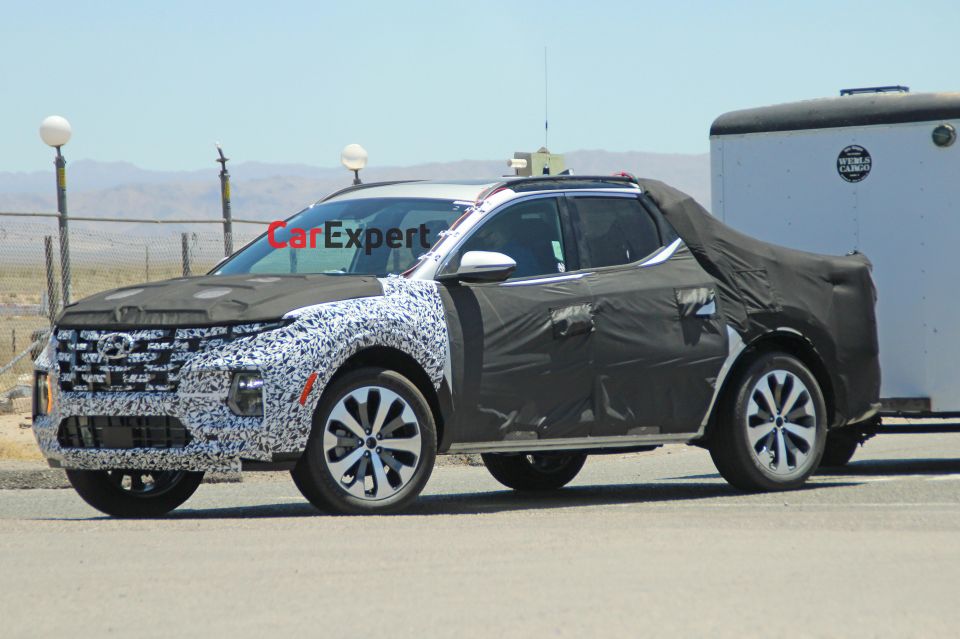
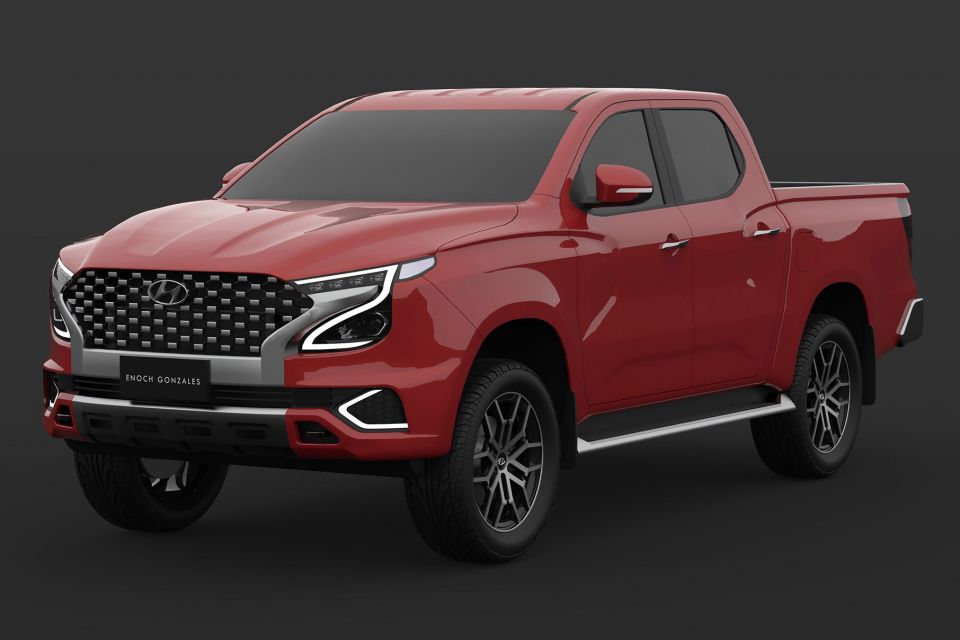
The wave of cars comes at a good time for the brand, which has seen its sales decline since 2015, when it sold 102,004 cars.
In 2016 it sold 101,555 cars, in 2017 it sold 97,013, in 2018 it found 94,187 buyers, and in 2019 this fell to 86,104.
Sales are down a further 34 per cent this year, in an overall market down 24 per cent. More illustratively, its market share has fallen from 8.8 per cent in 2015 to 6.9 per cent so far in 2020.
Its ‘little brother’ brand Kia even outsold it during two of the months this year, for the first time ever.
While taking into account the loss of its fleet-focused Accent micro car, and its focus on moving away from cheap and cheerful price-led branding that really established the company in Australia, such a volume loss can’t be entirely spun away.
What’s in the pipeline for buyers to get excited about? While timing can change, these are the best dates available to us at present.
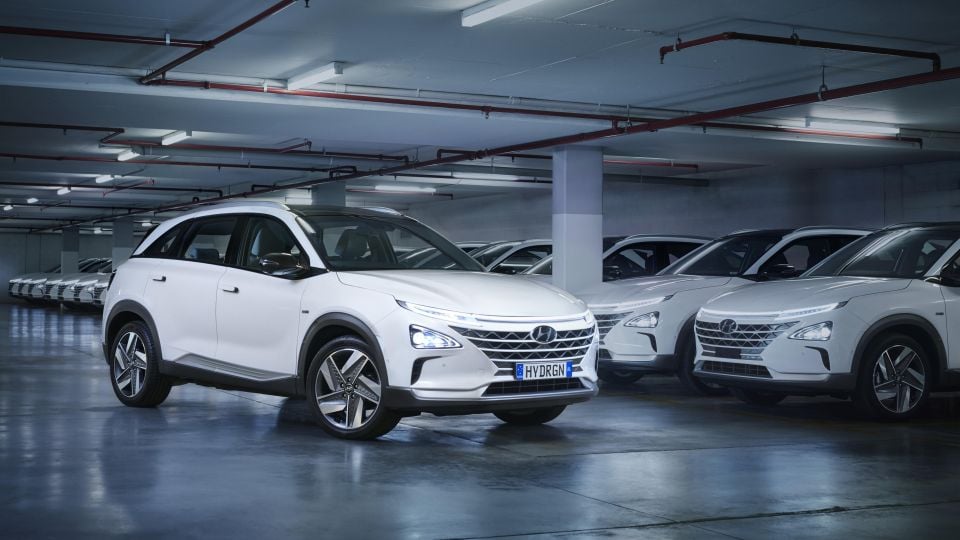

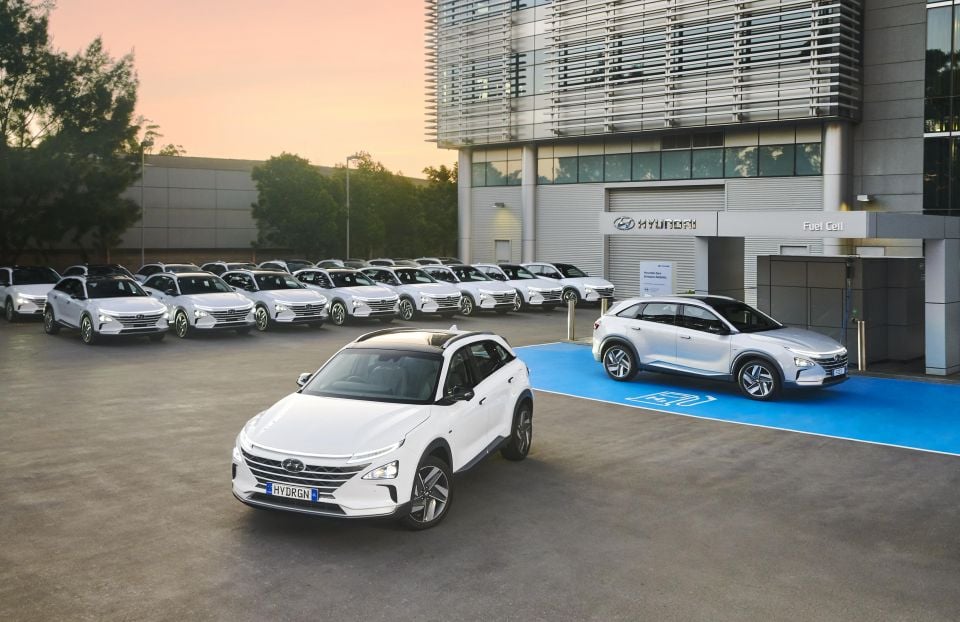
Nexo hydrogen fuel-cell SUV
While Toyota has loaned a few Mirai sedans to local councils, the Nexo SUV is Australia’s first fully homologated, approved, and crash-tested hydrogen fuel-cell EV.
The first 20 right-hand drive imports were purchased by the ACT government as part of the Hornsdale Wind Farm project. Public sales are some time away, though it would be perfectly legal for someone to buy and drive a Nexo right now.

The Nexo’s tank is filled with pressurised hydrogen, which is then combined with air in a membranous stack.
The reaction powers a 120kW motor and drives the wheels. It takes around five minutes to refuel and can drive 666km (WLTP) on a tank. The only emission is water, and like a battery EV it runs silently.
Hyundai is a leader in fuel-cell electric vehicles (FCEV). For example it’s supplying 33,000 FCEV buses to its home Korean market. As more hydrogen refuelling stations come on stream, expect demand to grow.
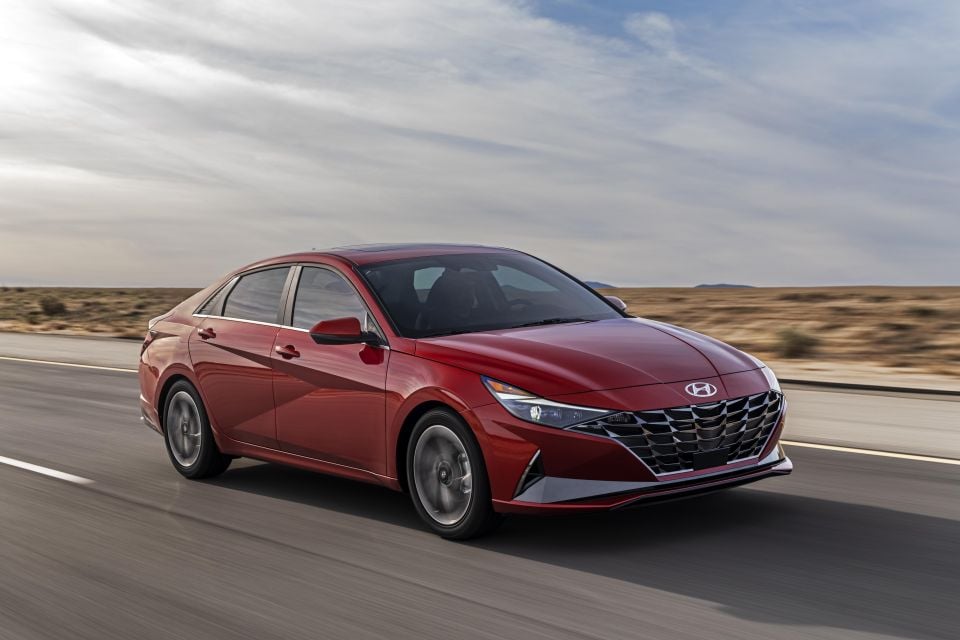
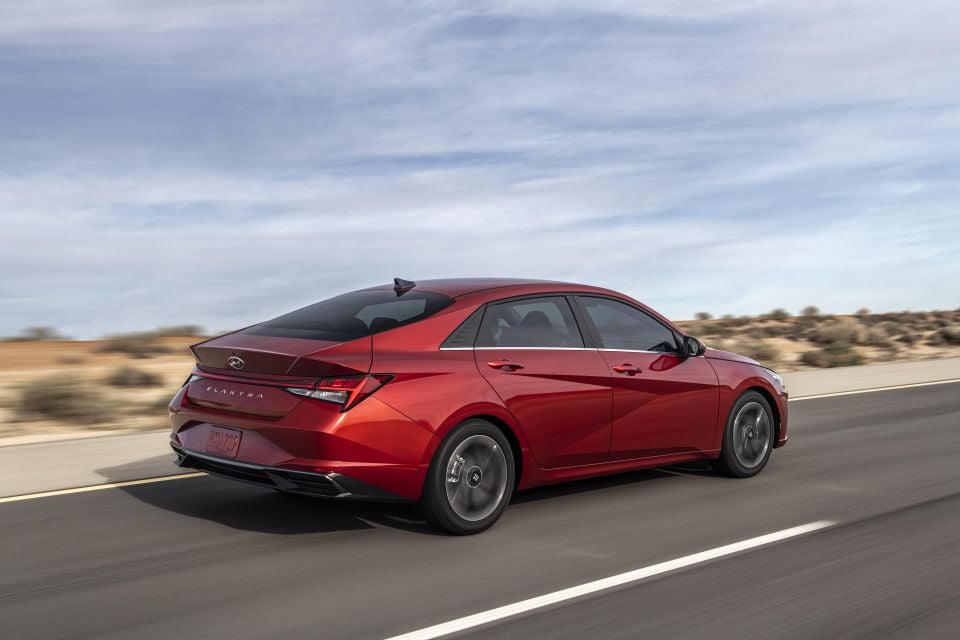
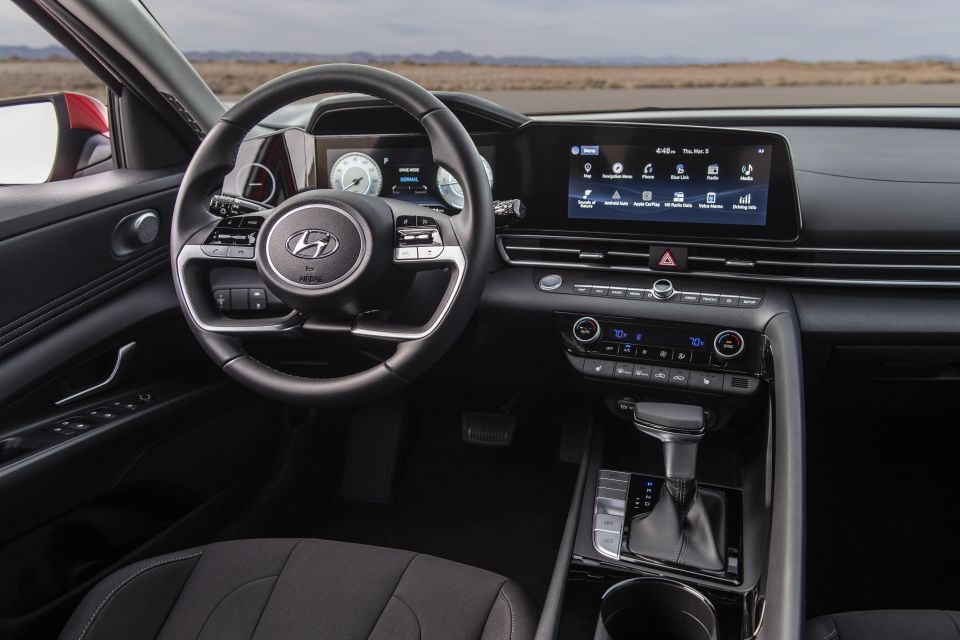
i30 sedan, i30 N-Line sedan
This edgy sedan replaces the Elantra, which is still the name it wears in other markets. With the i30 hatch and sedan combined, Hyundai has a good shot at supplanting the Toyota Corolla as market leader.
While the angular exterior design turns heads – notably the monster grille, triangular side sculpting, and full-width rear light bar – the cabin with its dual digital displays, wireless Apple CarPlay and phone charger, and unusual four-spoke wheel is equally bold.
The base cars use a 2.0-litre naturally aspirated petrol engine, but a 150kW 1.6-litre turbocharged N-Line sporty model with independent rear suspension, a dual-clutch automatic (and optional manual), and specific suspension tune will also lob before year’s end.
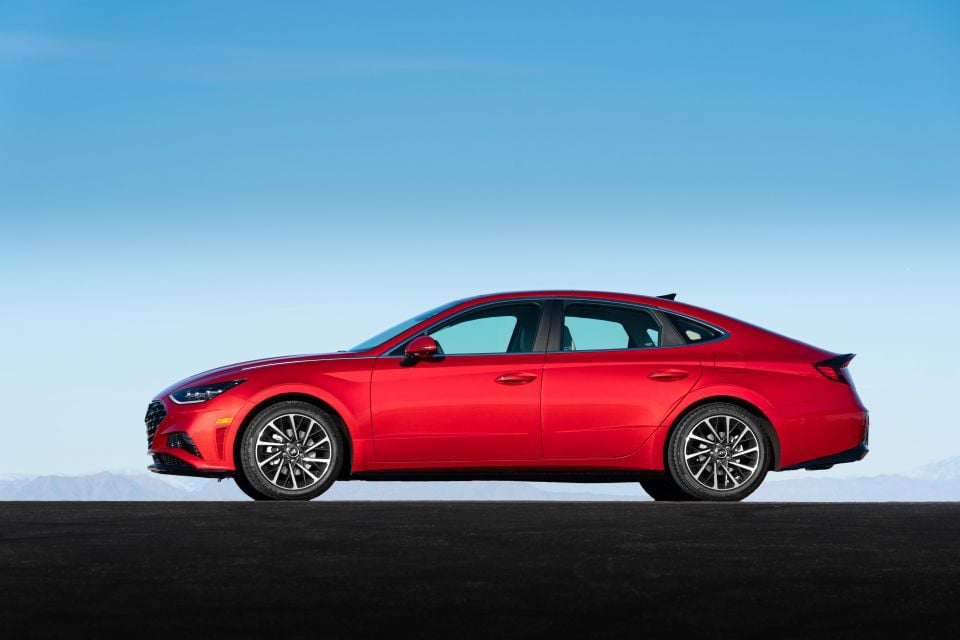
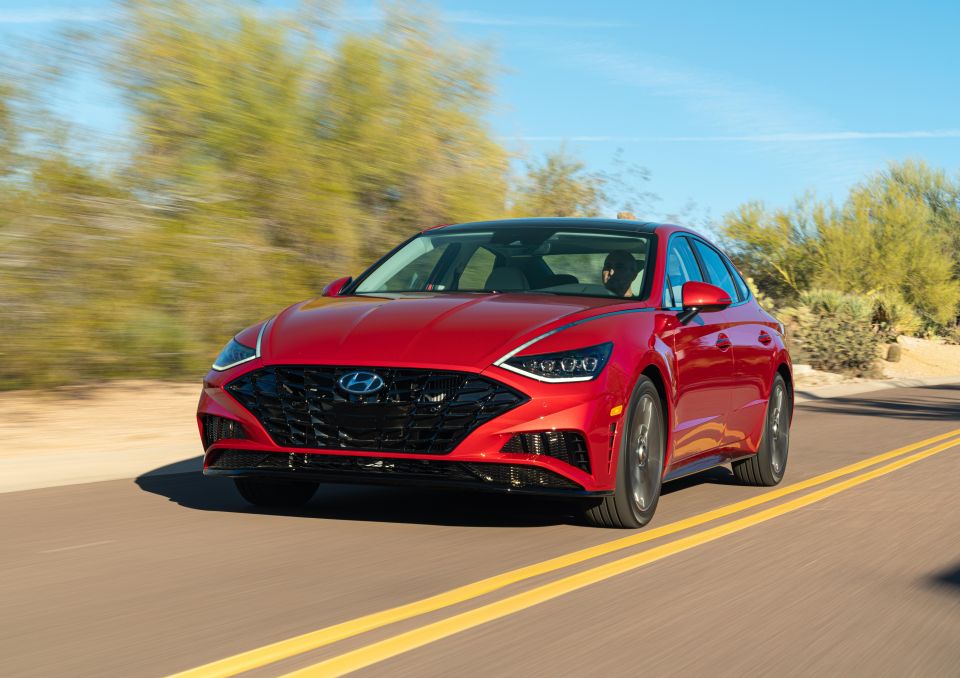
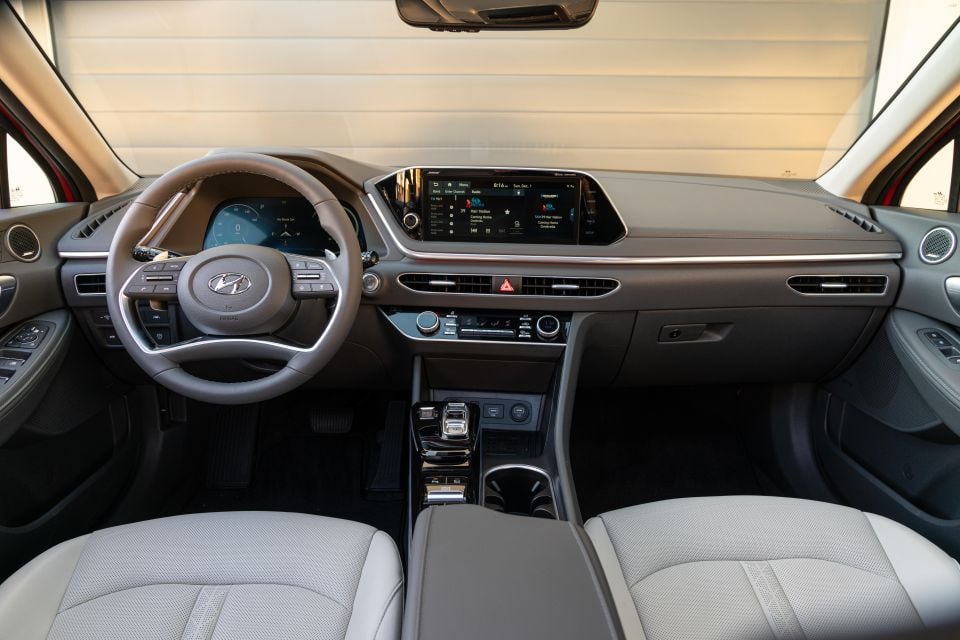
New Sonata, Sonata N-Line
Hyundai’s other new bold-looking sedan due before year’s end is the larger Sonata, now in its eighth generation.
With market demand now focused on SUVs, this car is being re-deployed as a passenger car halo with a long list of tech.
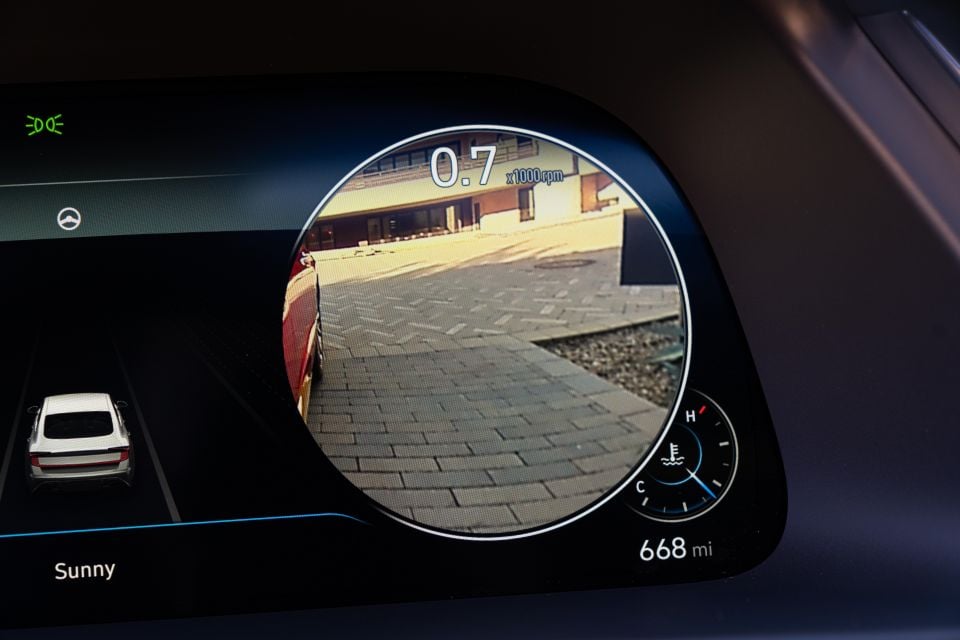
Headline features include a full-width LED light bar, a new infotainment system, a 360-degree camera, a new system called Forward Collision Avoidance Junction Assist, and blind-spot view camera displays in the 12.3-inch digital instrument cluster.
While a naturally-aspirated petrol engine will feature, a new N-Line model with sportier suspension geometry will premiere a 2.5-litre turbo making 213kW and 420Nm for the front wheels, mated to a new eight-speed dual-clutch automatic transmission that’s similar to the unit being fitted to the i30 N.
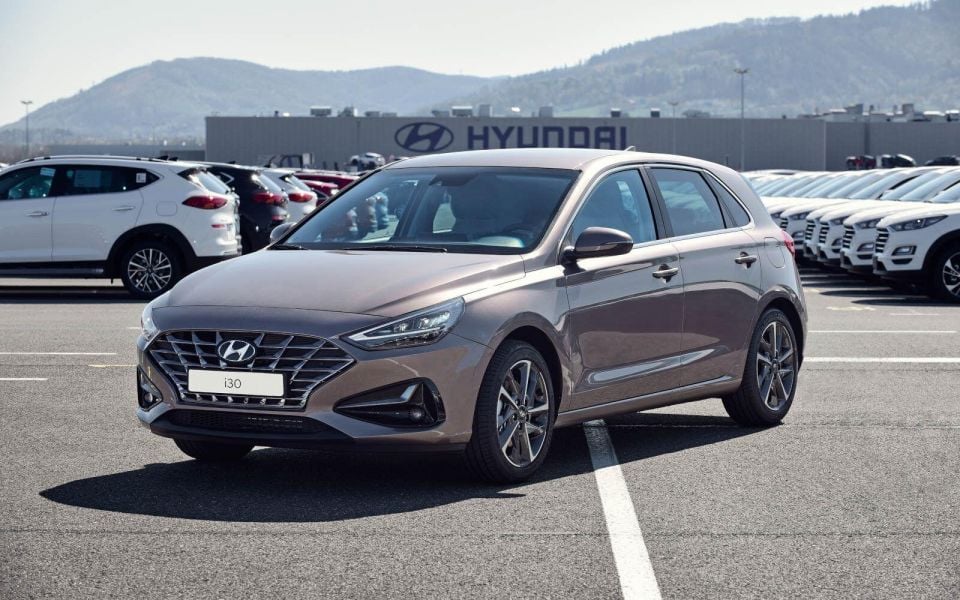
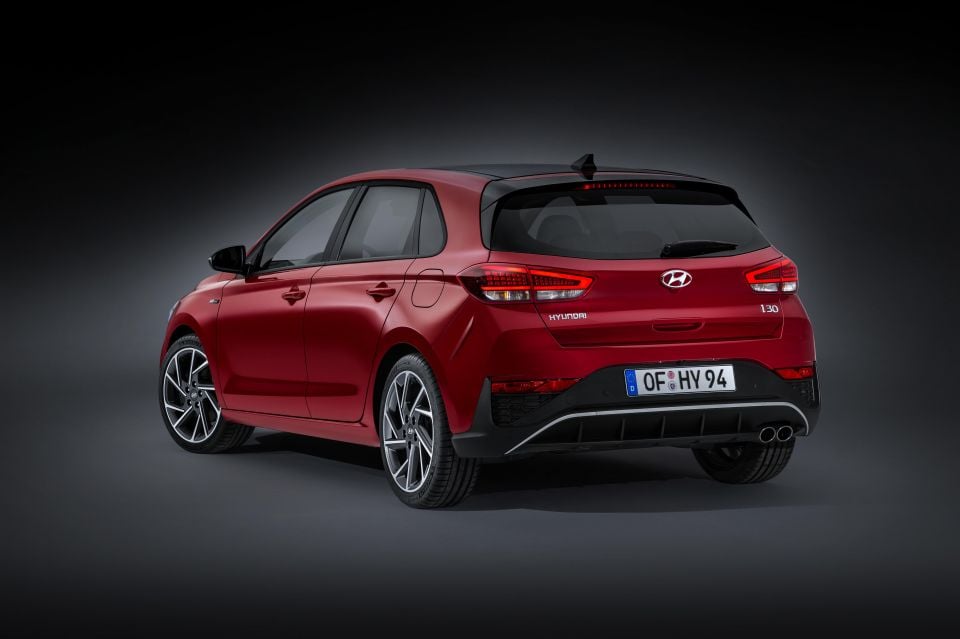
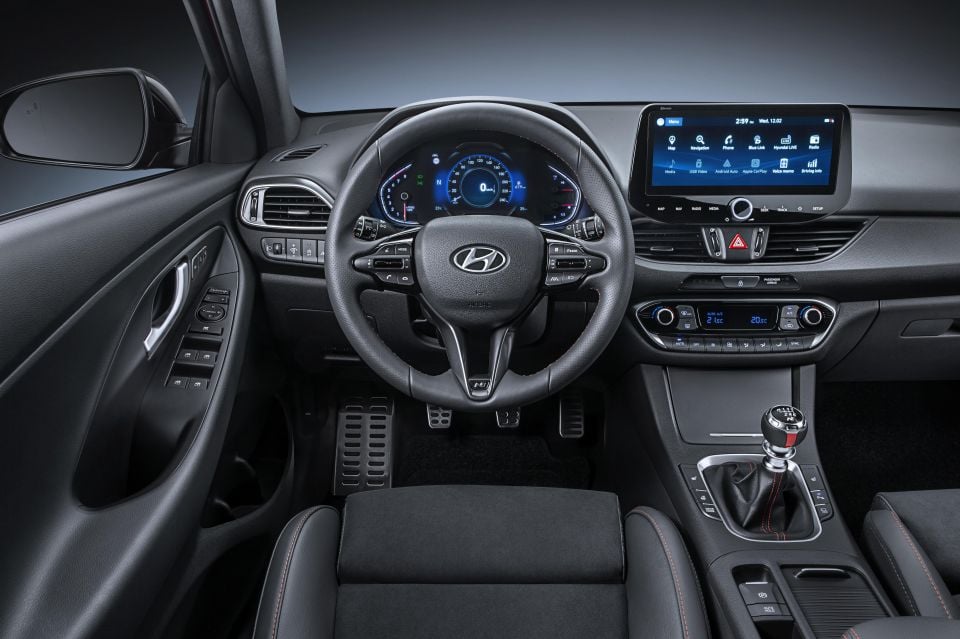
i30 hatchback facelift
Australia’s second most popular hatchback comes in for its first major update in the current generation, before year’s end.
The most obvious design change is the restyled grille that seems sure to polarise, flanked by new LED headlights. The styling differences between this car and the new i30 sedan remain substantial though.
Inside you can expect a more modern 7.0-inch digital instrument cluster and 10.25-inch infotainment screen that can project wireless Apple CarPlay and Android Auto.
While European models get expensive new engines with 48V electrical systems to meet strict emissions regulations, expect our models to keep the 2.0-litre four-cylinder used at present in base grades, and a 1.6-litre turbo to continue in sportier N-Line versions.

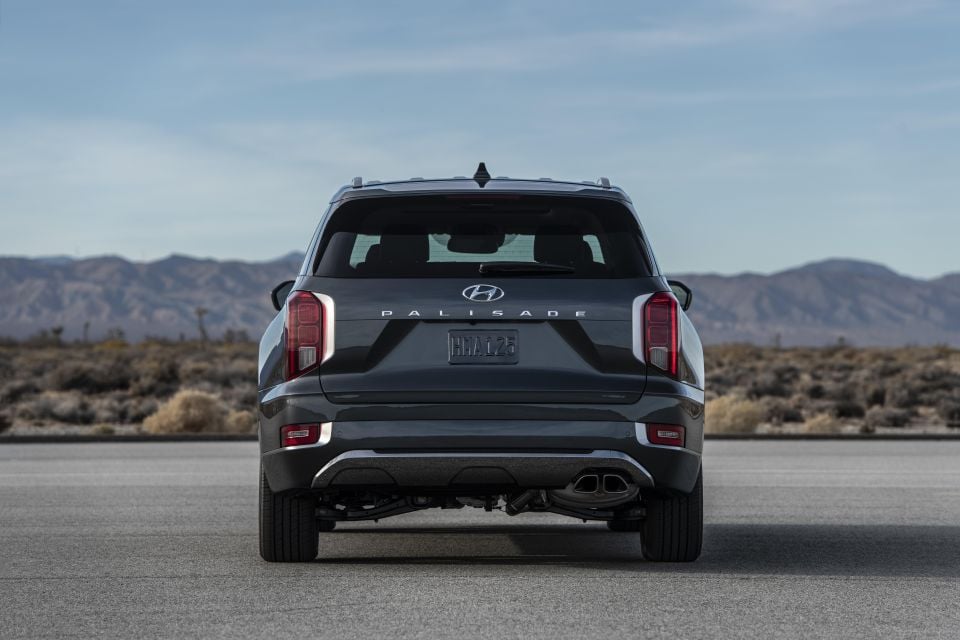
Palisade
This 5-metre long behemoth launches before year’s end to top Hyundai’s range, above the 21cm shorter Santa Fe. While US-focused, it’s made in Korea, and has been product in right-hand drive mostly for our benefit.
It’ll be Hyundai’s most expensive non-Genesis product, with pricing on certain grades to be in the $70,000 range.
It’ll seat either seven or eight people depending on grade, with a third seating row able to accommodate adults, at a pinch, better than the 5+2 Santa Fe.
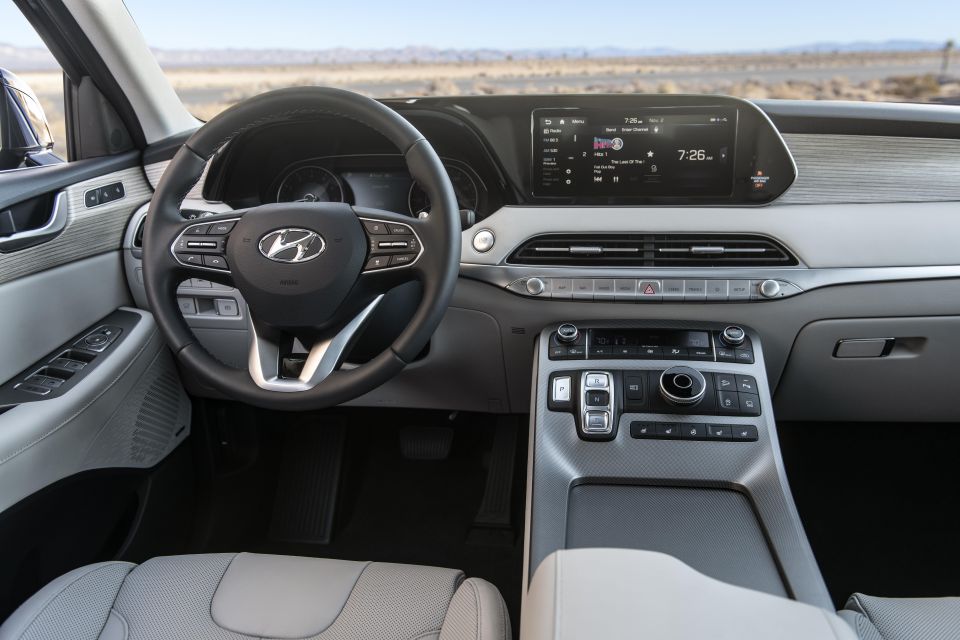
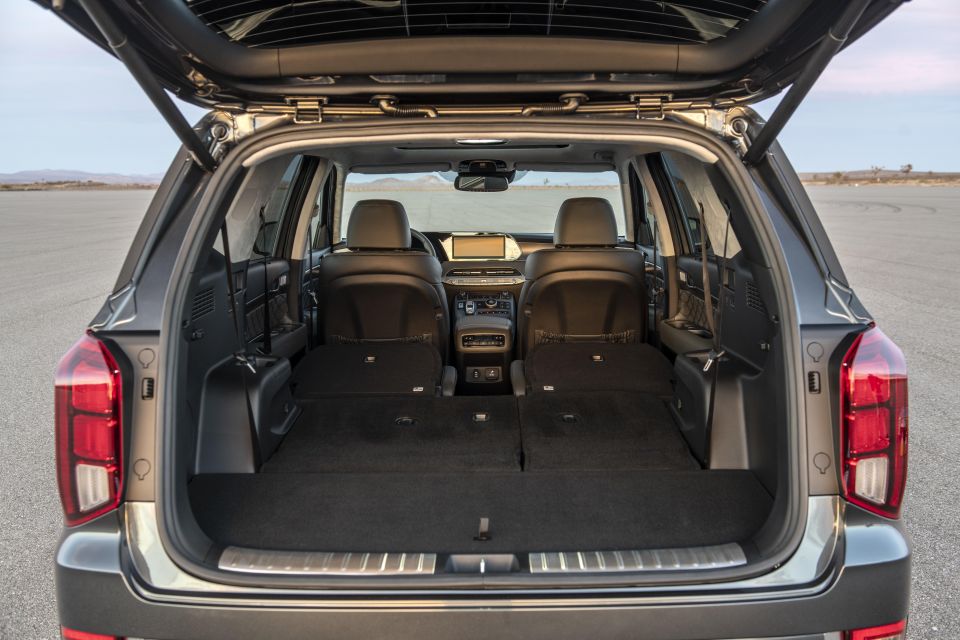

Range-topping Palisades will feature a dual-pane sunroof, Nappa leather trim, digitised instruments, a Harmon Kardon sound system, and a cabin microphone that amplifies the driver for the kids in the third row to hear.
Safety tech will include AEB that detects pedestrians, active cruise control, blind-spot monitoring, cross-traffic alert, lane-keeping aid, and a 360-degree camera.
Two engines will be offered: a 217kW or 291 hp 3.8-litre V6 petrol mated to an eight-speed automatic with a 2.3 tonne tow rating, or a less powerful but more efficient 2.2-litre diesel, familiar from the Santa Fe.
In the USA, the V6 comes with both front- and all-wheel drive, though we’re not yet sure if both drive types will be offered locally, or if AWD will be a diesel focus.
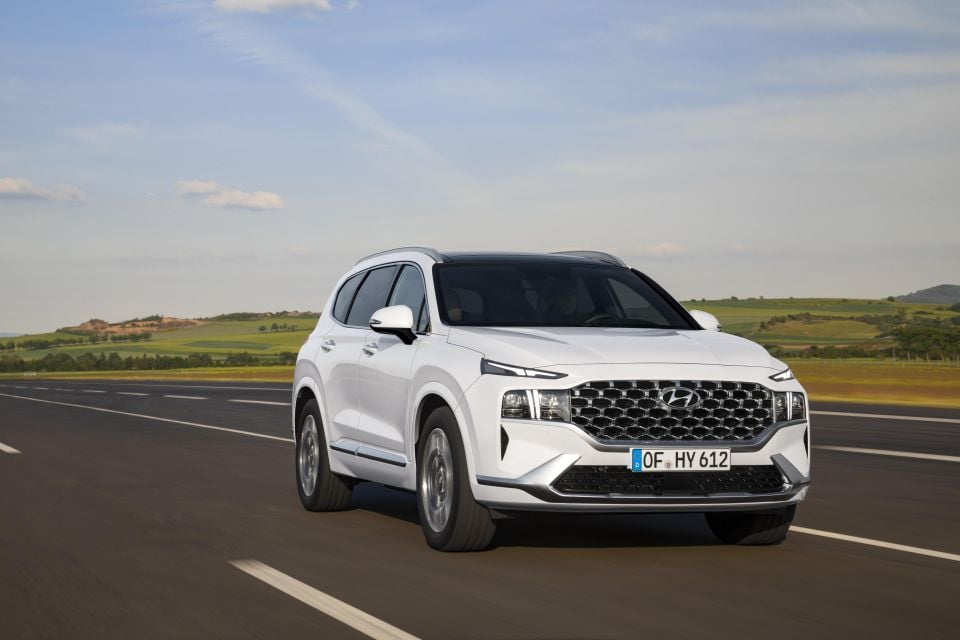

Santa Fe facelift
The updated Santa Fe now rides on the same platform as the new Kia Sorento, making it a far more significant update than most.
While the V6 petrol and 2.2-litre diesel remain, overseas markets will be offered a 169kW/350Nm hybrid powertrain that is being “evaluated” for the local range. That’s code for “we want it, if possible”.
Compared to the current model, the updated Santa Fe features a more aggressive front end. Gone is the old ‘cascading’ grille, replaced with a wider unit the blends into the lower headlight assembly.
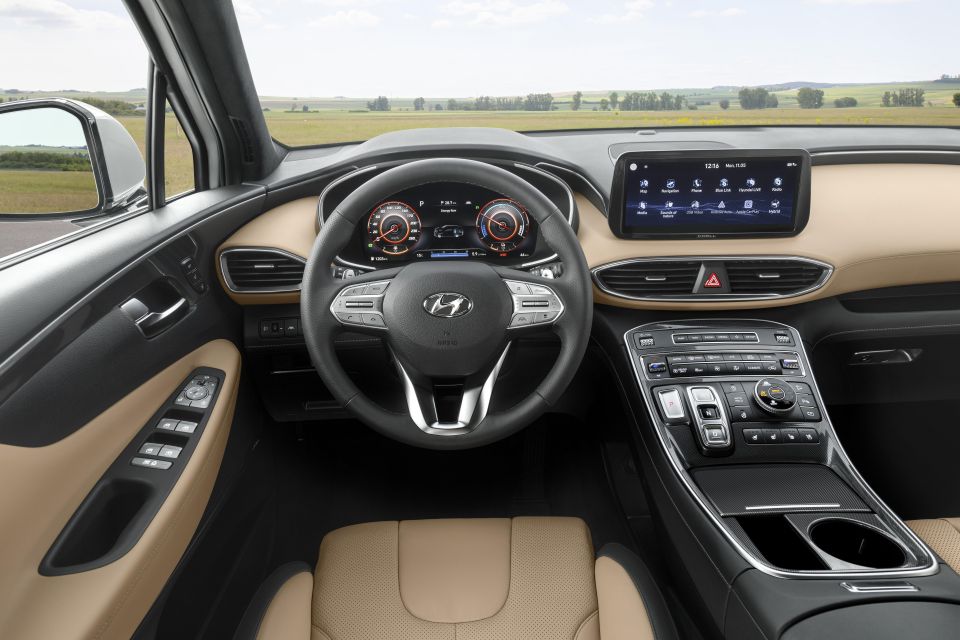
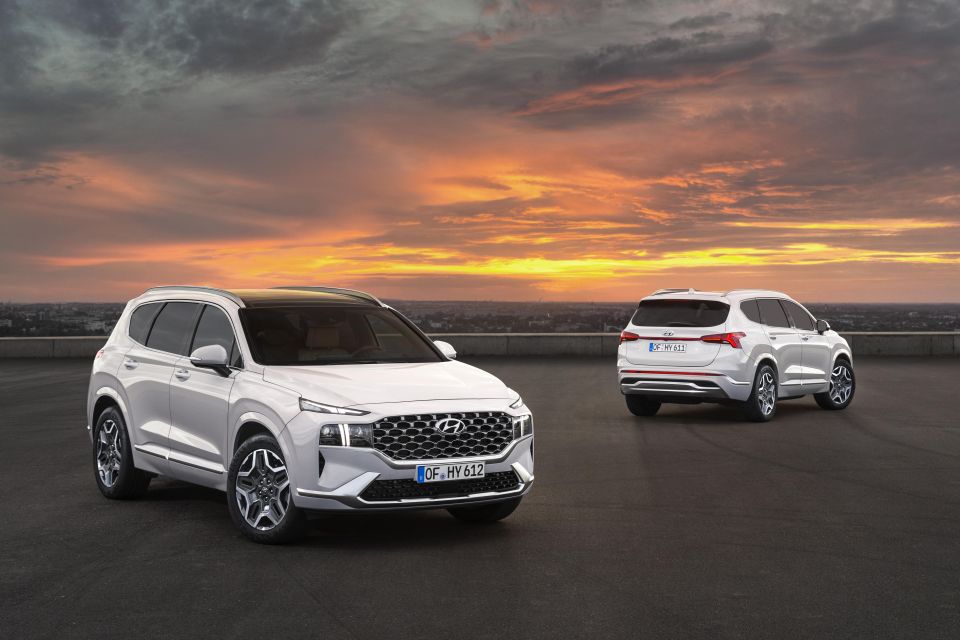
The changes are less dramatic at the rear, where the tail lights feature new graphics, and are linked by a slim light bar.
Inside, the Santa Fe benefits from a new 12.3-inch digital instrument binnacle and a fresh 10.25-inch infotainment screen. The transmission tunnel has been redesigned with a new off-road mode selector and a more button-heavy look than the current model. Under the raised transmission tunnel is a large storage space.
Hyundai also claims the fixed points for the steering arms are closer to the middle of the front wheels for sharper handling, while extra sound and vibration damping has been used to improve refinement.

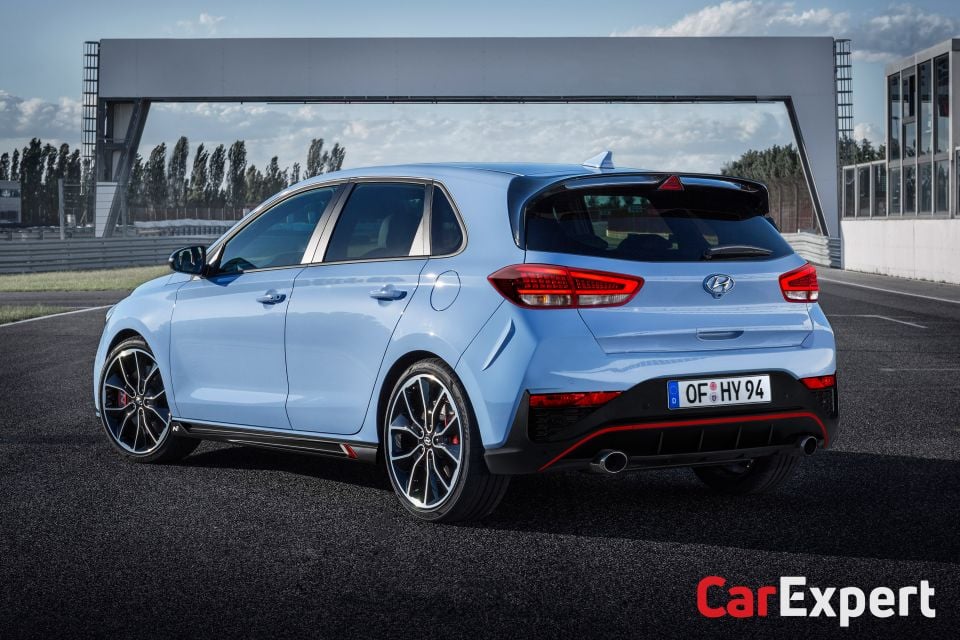
i30 N facelift
Hyundai has already unveiled a facelift for its strong-selling i30 hatchback, but the hotter i30 N hasn’t yet been given a mid-life makeover.
We know it’s coming, though. And we have a pretty good idea what it will look like, given the changes to the regular i30 are essentially limited to updated bumpers, headlights, and taillights.
With that in mind, design contributor Thanos Pappas has whipped up these renders of how the 2021 i30 N will likely look.
The most significant change to the updated i30 N will come under the skin. Along with the current six-speed manual, it will gain an eight-speed dual-clutch transmission to fight the Volkswagen Golf GTI and Renault Megane RS.
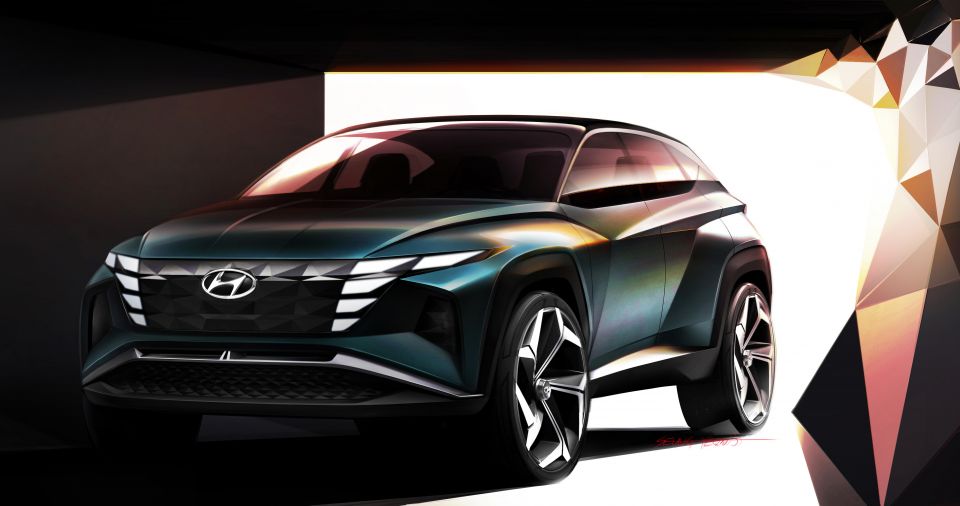
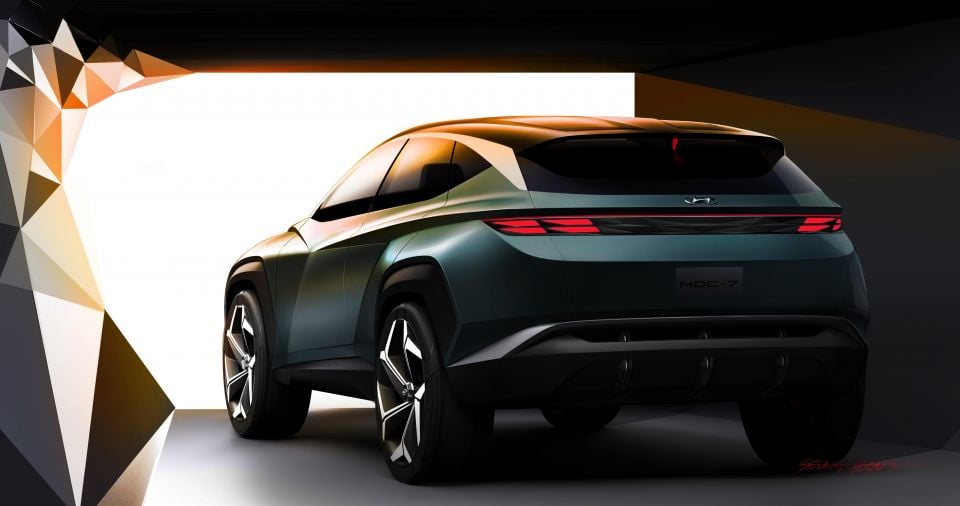
New Tucson
A brand new Tucson mid-sized SUV will lob next year to tackle the top-selling Toyota RAV4 and Mazda CX-5, plus the brand new Nissan X-Trail.
You can expect the design to borrow liberally from last year’s 4.6m-long Vision T plug-in hybrid concept car, meaning angular creases along the side, an oversized grille, full-width rear light bar, and the hint of a raked roofline.
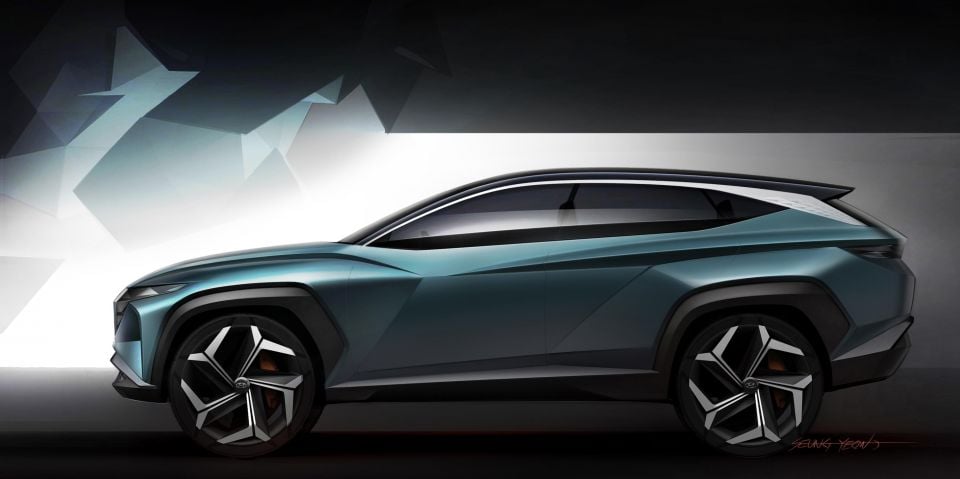
We know little about the engines to be offered, though a refined version of the current 1.6-litre turbo-petrol and 2.0-litre diesels seem likely, alongside potential hybrid and aspirated engines to bookend the range.
The turbocharged 2.5-litre from the Sonata N-Line would be nice too!
You can bank on the interior design echoing the Nexo and revised Santa Fe listed above, with more premium materials and twin screens. If it’s anything like the new i30 sedan inside it should be a winner.

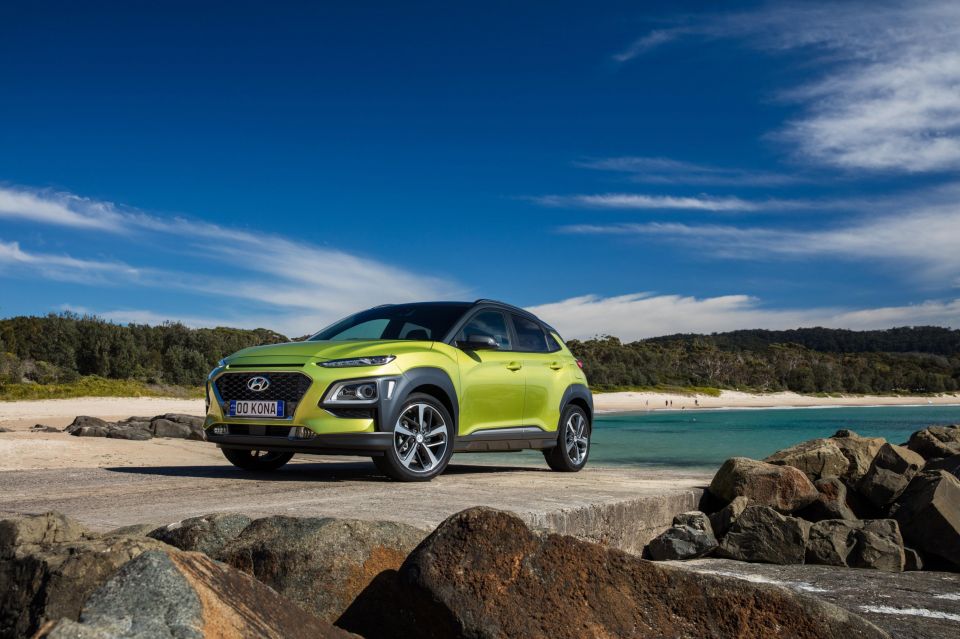
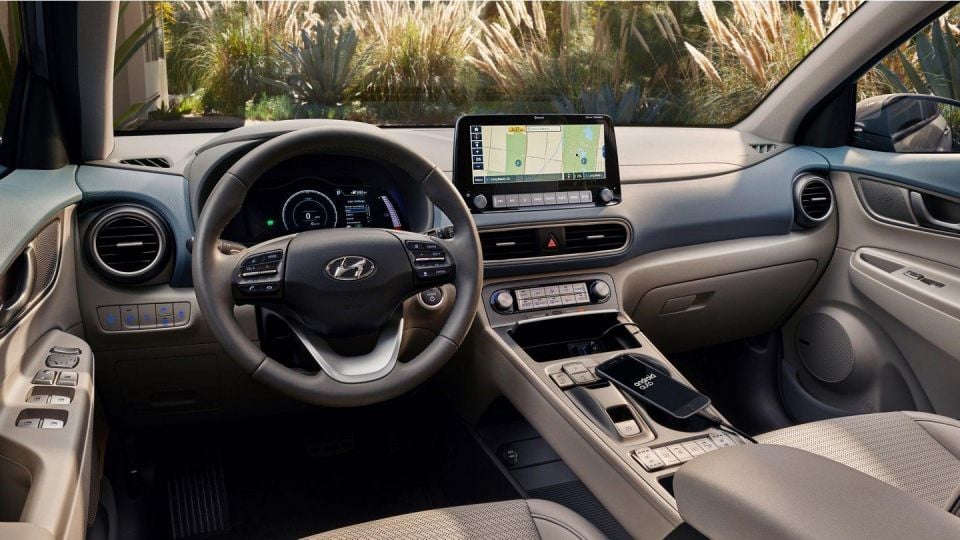
Kona and Kona electric facelift
We don’t know a heck of a lot about the promised facelifts to be introduced to the Kona small crossover and the Kona Electric in the first half of 2021.
It seem likely front- and all-wheel drive petrol Kona models will get interior updates in line with the latest Kona Electric, meaning a 10.25-inch widescreen and a new lower-fascia layout.
We’d also imagine some new active safety features will be introduced, alongside the requisite grille, light and bumper redesigns.
We expect the Electric will keep its 64kWh battery but get a smoother underbody and new lower-resistance tyres, which have been reported as boosting range to 484km, up from 449km.
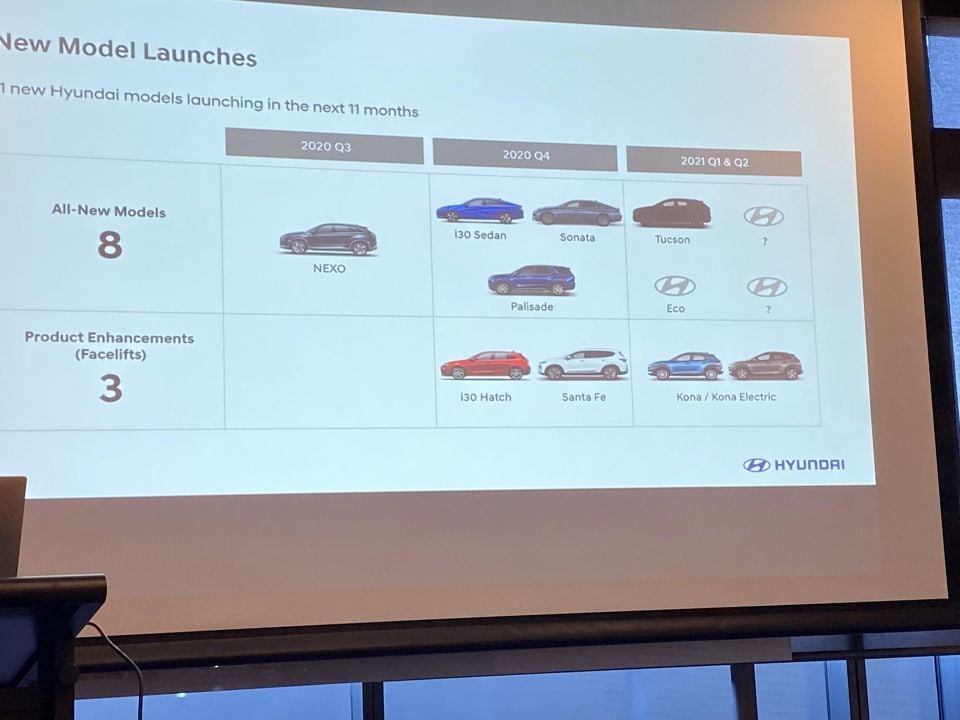
Three mystery cars, one ‘Eco’ model
We have less idea what the remaining three cars promised for 2021 are, but we have reason to believe there’s a new-generation H1/iLoad van in the works, which makes sense given that commercial vehicle dates to 2007.
Hyundai Australia did confirm it would continue to play in that space moving forward, at the very least.
Speculation and spy images in the blogosphere also suggest a new H1/Grand Starex/iMax people mover replacement is nearing its reveal.
Rather than being a modified commercial van, it could become a mechanical twin the the Kia Carnival, which was itself just revealed in new-generation form.

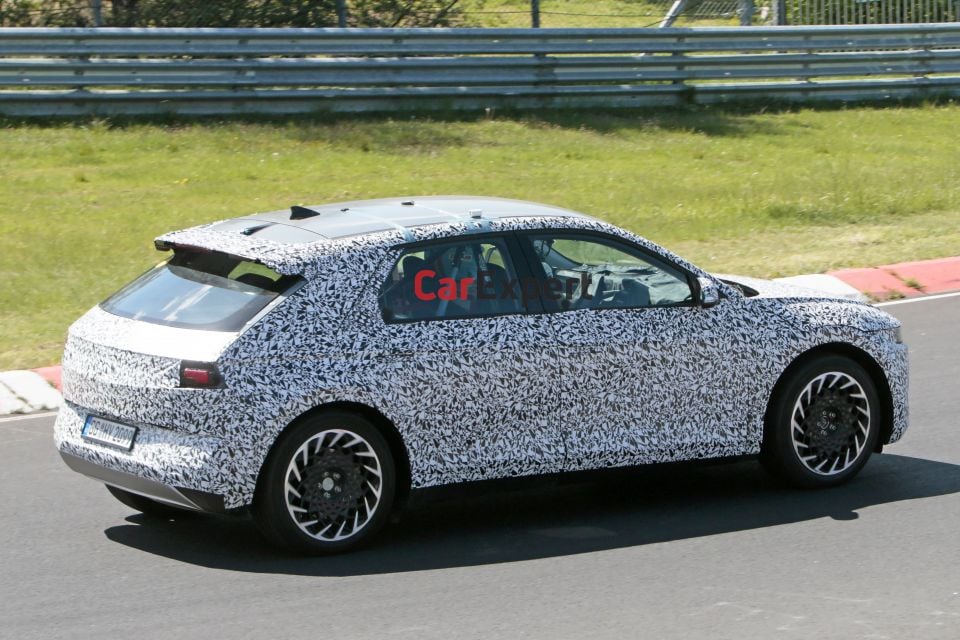
The promised ‘Eco’ car might be a hybrid derivative of the Santa Fe or something else, but if we’re being more ambitious it could be the Hyundai ’45’ electric hatch/crossover vehicle previewed last year, which will sit upon a new EV architecture dubbed the Electric-Global Modular Platform.
We’re doing what we can to dig up more info.


New i20 N
Hyundai is following the path Ford takes locally with the Fiesta: the only version of its light-car staple to be sold here will be the profitable hot one.
So the i20 N is locked in for next year, to tackle to Fiesta ST and Toyota Yaris GR. Fans of the i30 N and Hyundai WRC team rejoice!
The company has teased the upcoming hot hatch getting put through the paces on a frozen lake in northern Sweden alongside its WRC counterpart.
The i20 N naturally won’t be as powerful as the WRC car, which pumps out 283kW and 450Nm from its turbocharged 1.6-litre four-cylinder engine. It will, however, be a big bump in power from the most powerful i20 currently available.

Three new N or N-Line models
Once again, we know some more heated-up Hyundais are coming.
We do know that our friends in the know, such as the Korean Car Blog, have spied and done renders of an i30 sedan/Elantra N using the i30 hatchback N’s mechanicals, and a Kona N, which would be Hyundai’s hottest crossover SUV.
We also wouldn’t rule out the prospect on a Tucson N-Line derivative.
We once again will be keeping an ear to the ground.
Where expert car reviews meet expert car buying – CarExpert gives you trusted advice, personalised service and real savings on your next new car.


Matt Campbell
3 Days Ago
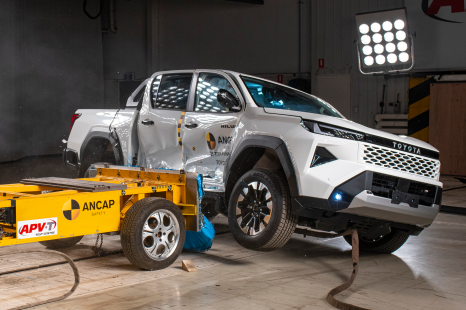

William Stopford
9 Days Ago
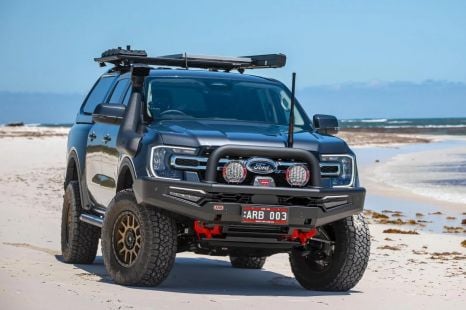

William Stopford
9 Days Ago


Ben Zachariah
11 Days Ago
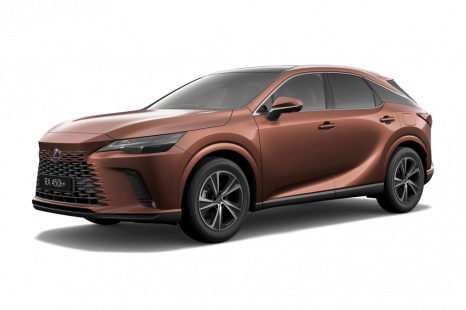

William Stopford
14 Days Ago
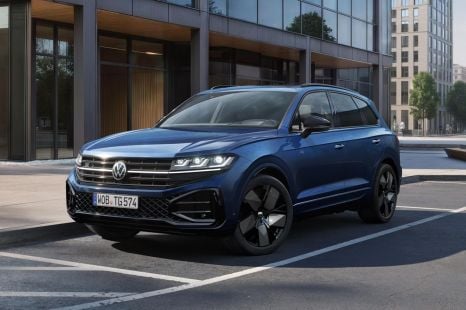

William Stopford
16 Days Ago